‘Major uncertainty’: Huge interest rates warning after Donald Trump’s election win
We were all but promised a rate cut in 2024, but now, that’s looking like a pipe dream. And Donald Trump could be partly to blame.
With the release of the latest Reserve Bank of Australia statement which accompanied the central bank’s November rate decision, speculation is building that the first rate cut may be pushed further into 2025.
At the start of 2024, there was a broad consensus that rates would be cut during this calendar year.
The market had two cuts pencilled in and each of the Big Four banks held the view that rates would be cut at least once.
The Commonwealth Bank held the view that rates would be cut by 0.75 per cent and Westpac by 0.50 per cent.
For several months, the market has been pushing back the expected start to rate cuts, with the expectation of a reduction in mortgage rates pushed back even further upon the release of the latest RBA rate decision and the accompanying press conference by Governor Michele Bullock.
As of shortly after the press conference, market pricing for the first rate cut was pushed back to the RBA’s May meeting, which coincidentally occurs a few days prior to the last possible date for the upcoming federal election.
Bar some sort of major crisis, forecasts of a 2024 rate cut will ultimately be proven incorrect – but the big question is why?
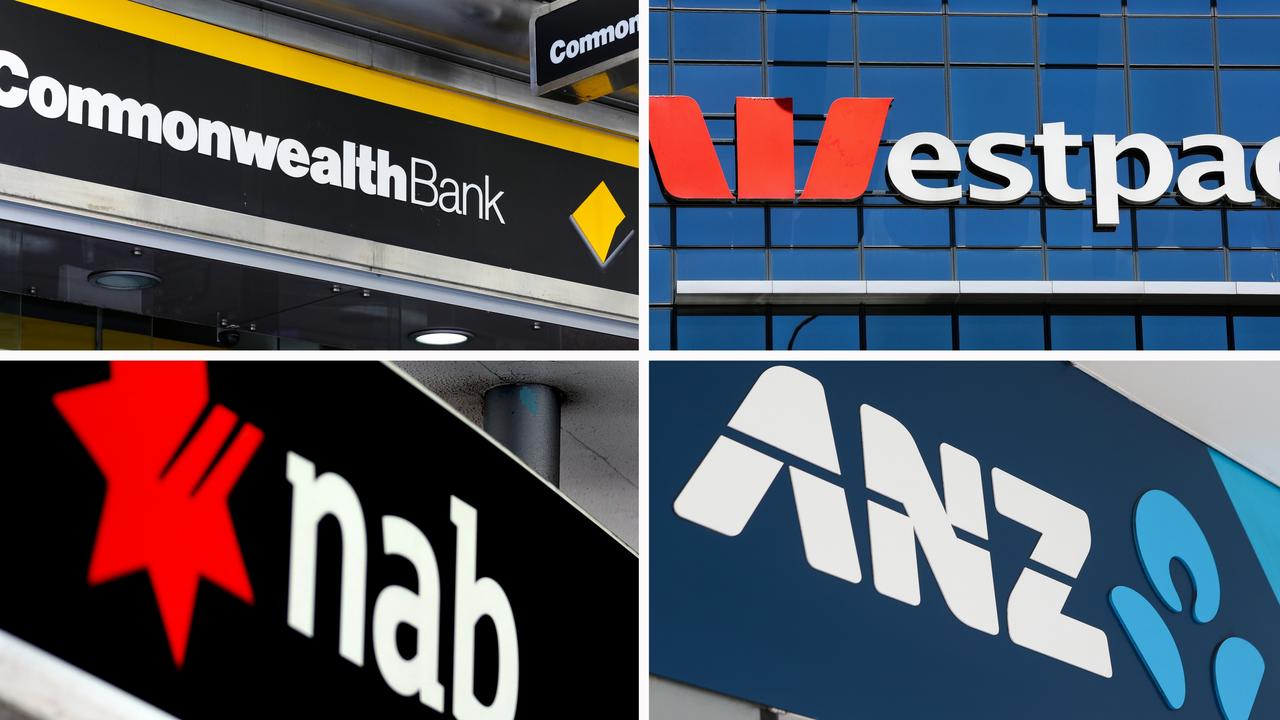
There is a long list of contributing factors, but today’s focus will be on two – government policy choices and uncertainty.
Government
If the RBA were to assess the strength of the Australian economy purely through the lens of market-based job creation (all industries aside from public administration, education and training, and healthcare and social assistance), one would imagine they would likely be cutting rates at their very next meeting.
As things stand, the economy is creating just 92,100 jobs per year outside of the non-market sectors which are overwhelmingly defined by government-funded employment.
Meanwhile, across the same year of data, the labour force expanded by 421,100 people.
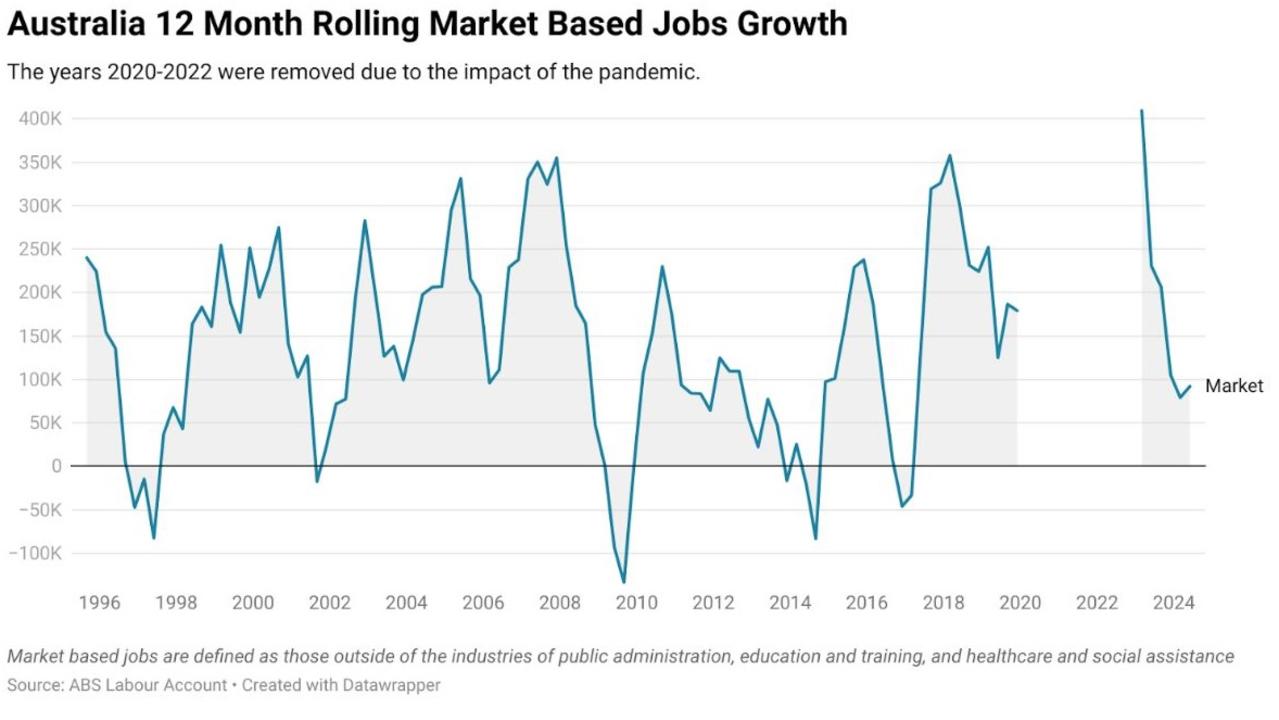
Yet the conditions the nation’s labour market actually faces in aggregate do not point to rate cuts being necessary.
Overall job creation across the same time is running at more than 337,000 jobs and recently, the ANZ Job Ad Index began to show signs of stabilisation after a long period stuck in a downtrend.
Job creation in the aforementioned non-market industries is running at an annual rate of over 280,000 jobs per year, more than three times the average recorded in the decade prior to the pandemic.
In short, the overwhelming majority of job creation is being powered by industries which are generally funded by government coffers.
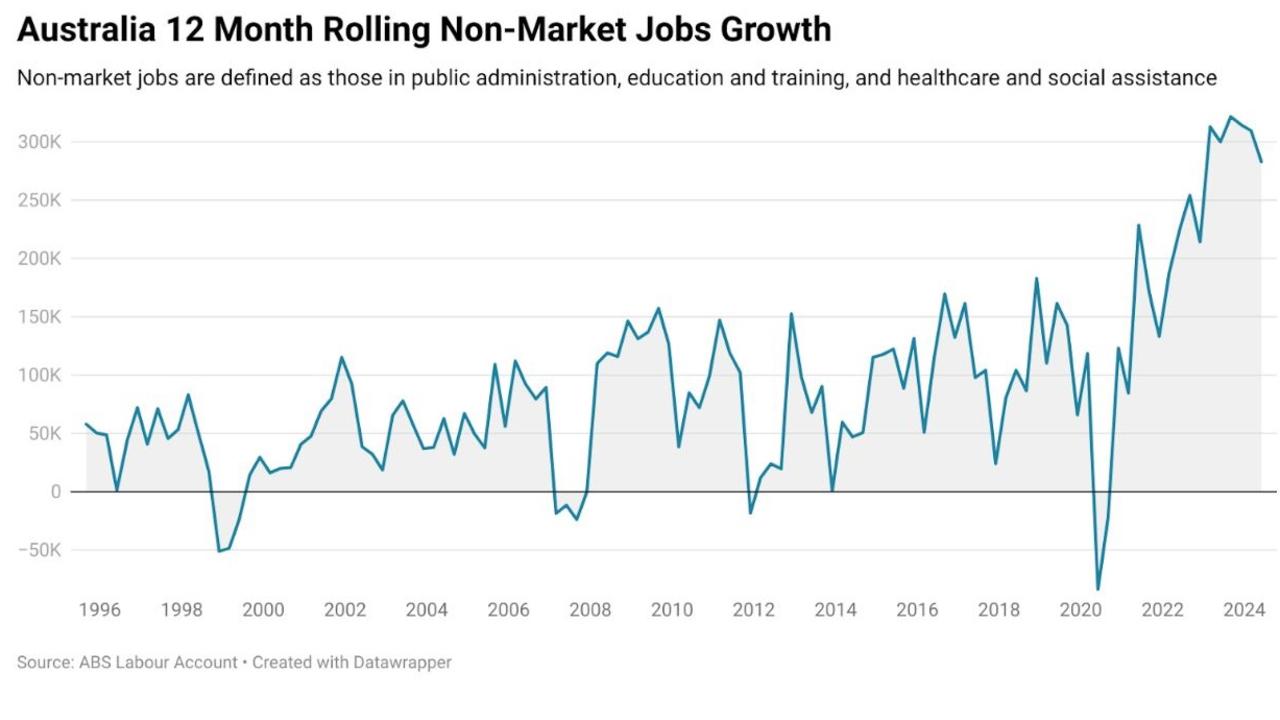
This puts the RBA in quite a bind. If non-market-based industries continue to create jobs at such an extremely high rate relative to historic norms, then it’s a struggle to put together a compelling reason based on the labour market why rate cuts would be necessary.
Uncertainty
Before we even get to the events contained within our own borders, there are two sources of major uncertainty beyond our shores which could significantly impact the RBA’s decision making.
First is the re-election of US President Donald Trump, which RBA Assistant Governor Chris Kent warned could create an upward effect on interest rates around the world.
The other is the path that Chinese policymakers could take with their economic stimulus measures as Beijing attempts to adapt its economy to cope with whatever tariffs and trade actions the Trump administration imposes.

One of the most important factors in determining a ballpark forecast for a labour market is knowing how much a labour force is likely to expand if the participation rate (the proportion of the working age population choosing to be part of the labour force) remains stable.
In most nations, under normal circumstances this a relatively pedestrian task. One looks at the data from the national statistics agency in question, calculates how much the labour force is likely to expand from young people entering and older people exiting, then add in the expected impact of migration.
But for Australia in the last few years, things have not been so easy. When the Albanese government produced its first mini-budget in October 2022, it contained estimates of net migration for 2022-23 of 235,000. It was off by over 300,000 people.
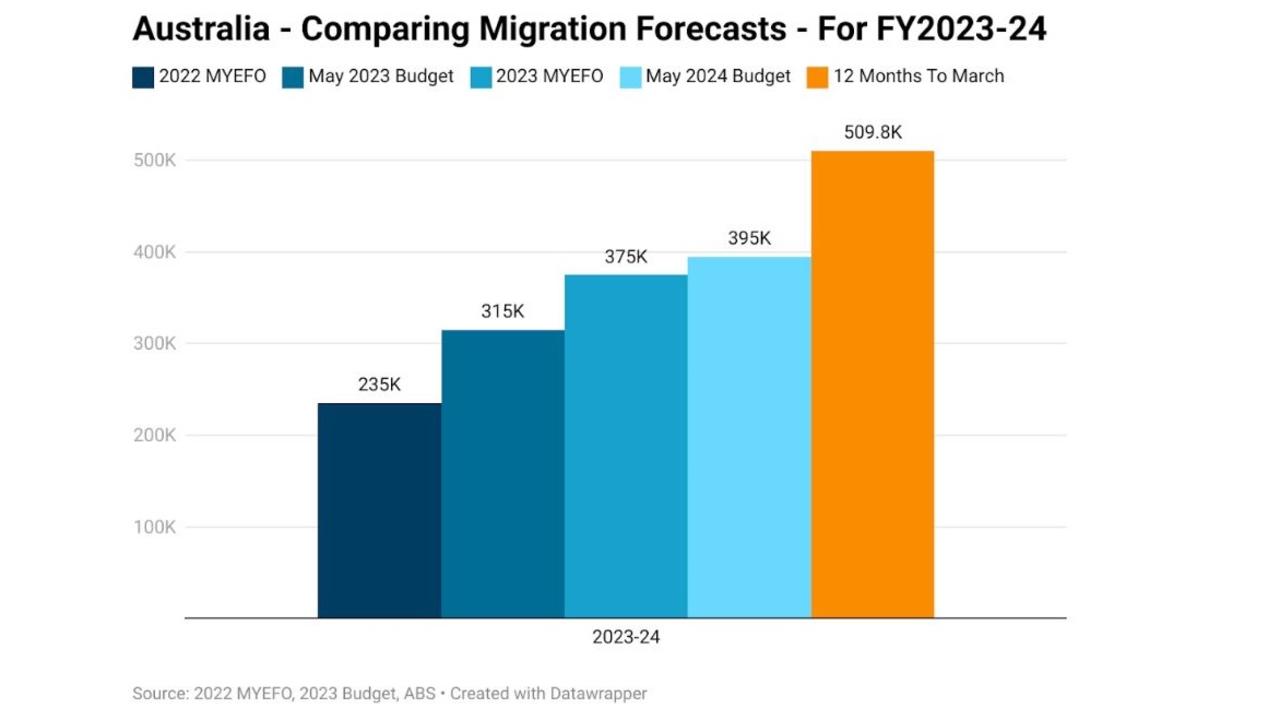
This influx of a much greater number of people than expected altered the course of inflation and impacted the RBA’s scope to cut interest rates.
While the rental crisis was well and truly in full swing when the international borders reopened, the expansion of the population since has resulted in a level of additional housing demand that is almost double the number of homes actually being added to net dwelling stock.
This has led to rental vacancy rates remaining near their pandemic lows and continued upward pressure on rents, and by extension inflation.
While the more recent forecasts have been closer to the mark, that is as a result of being consistently revised upwards.
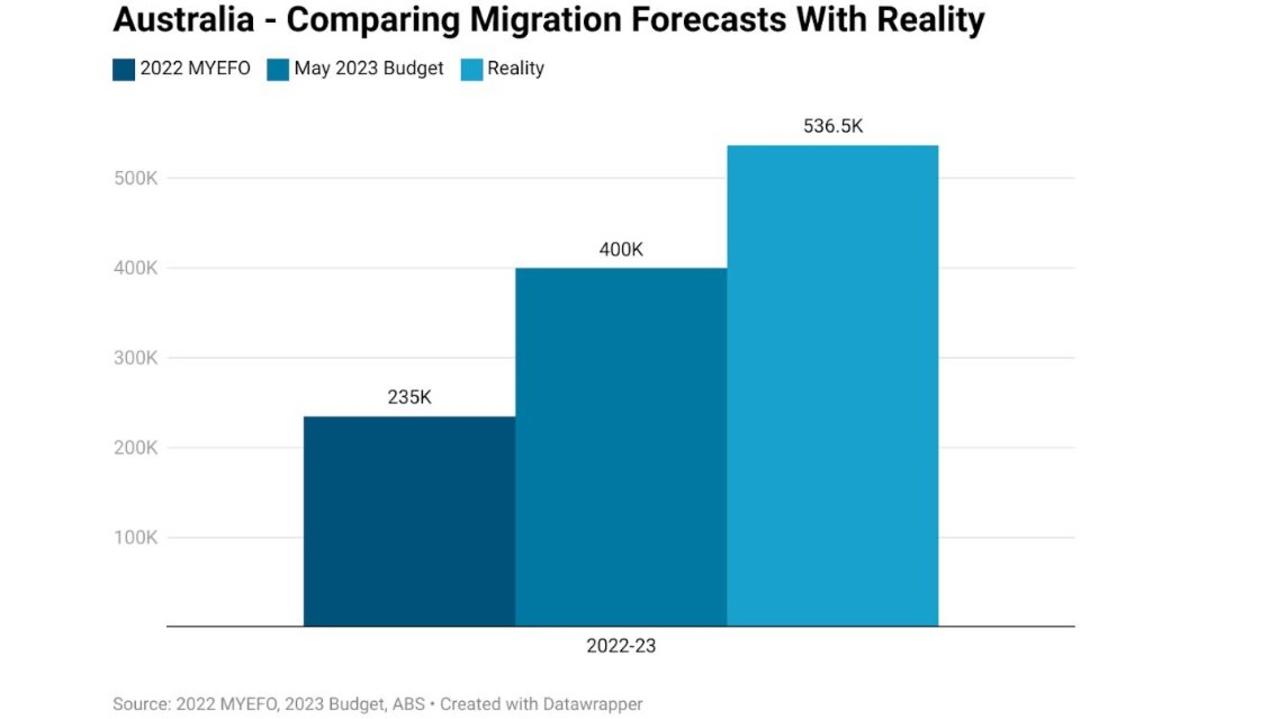
Outlook
For the RBA, the metaphorical crystal ball is deeply clouded. Some of the most vital inputs into the RBA’s decision making are in the hands of government at a council, state and federal level.
Yet as the last few years have illustrated, taking government forecasts at face value can also be problematic.
Following its recent rate meeting, the RBA stated it underestimated the magnitude of government cost-of-living policies and growth in spending on existing services such as the National Disability Insurance Scheme and aged care.
“It’s not just the federal government, it’s the state governments as well,” RBA Governor Michele Bullock said.
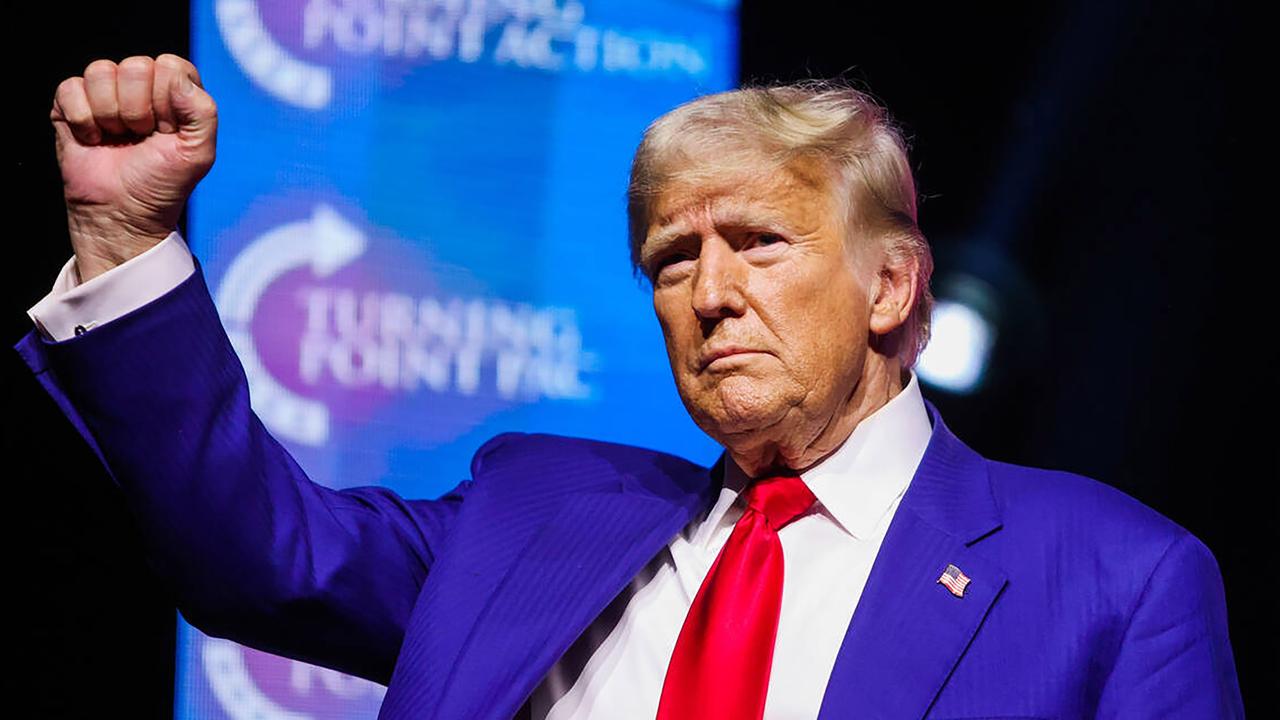
“The fact that we’ve had to revise up our public demand forecasts, it’s reflected the fact that there’s been more announcements and more things going on.”
Governor Bullock appears to be acutely aware of the challenges presented by the current circumstances, taking a highly calculated approach to the future path of Australian monetary policy.
Ultimately, other nations are cutting interest rates because their central banks have clear enough signals to do so.
Here in Australia, we have not yet reached the point where a Batman-style light illuminates the skies above Martin Place with a massive RBA logo, signalling the imminent start of a rate cut cycle.
Tarric Brooker is a freelance journalist and social commentator | @AvidCommentator






